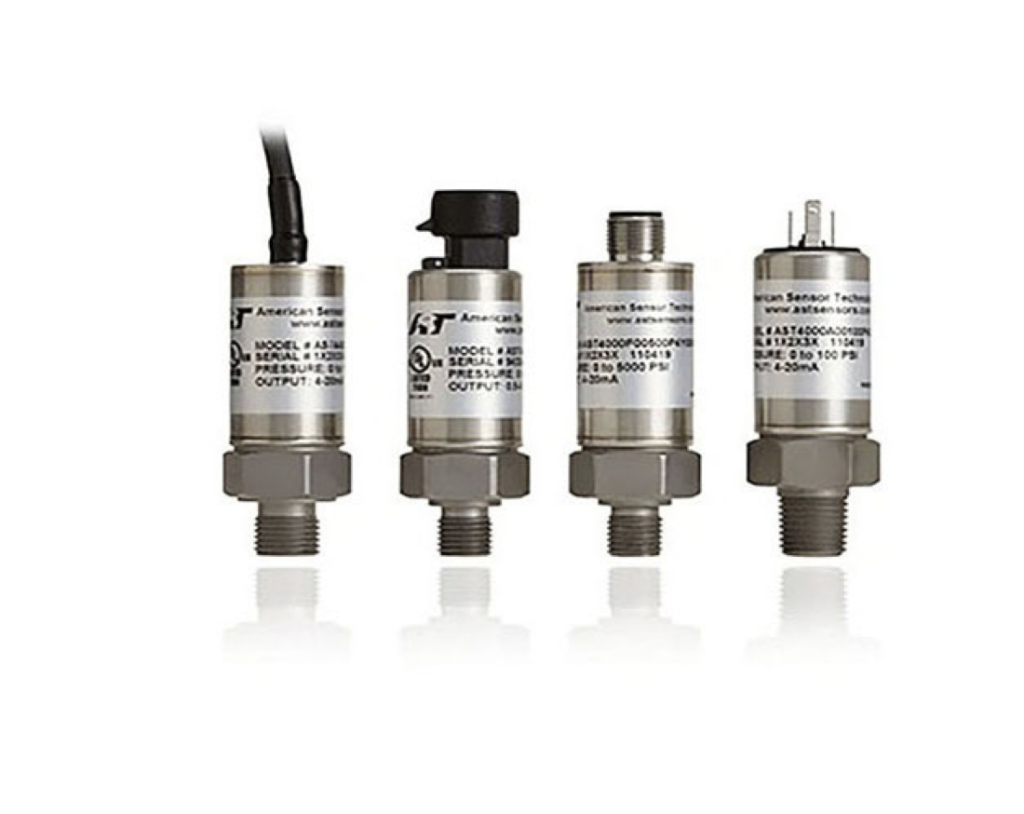Brian Moran, Supplier Marketing and Product Manager, Sager Electronics.
The use of sensors of all kinds continues to grow in many applications.
Electronic sensors are expanding rapidly into many applications as sensor capabilities improve and use cases expand. Improvements in sensing range and accuracy, coupled with advancements in packaging, are enabling design engineers to leverage these capabilities. Force sensors and pressure sensors are certainly included in this trend.
However, the design decisions needed to measure force versus pressure are not always clear. One reason the confusion exists is because “force” is actually a prerequisite for measuring pressure. Having said this, force and pressure sensors are not synonymous. There are a variety of projects where a design engineer must determine whether measuring force or measuring pressure delivers the best information for their application.
Force is a “push” or a “pull” applied to an object. This push or pull has a specific direction applied to a specific area of an object. Force will change an object’s motion or direction, i.e., measuring the force of metal weight hitting a plate. By comparison, pressure is a constant physical force that is normally applied over a wide area, i.e., air pressure inside an inflated tire. As was previously mentioned, force is needed to calculate pressure, so it is easy to see why these two dynamic measurements can sometimes be confusing.
Another way to look at this is that if you want an accurate measurement over a specific physical area, then a force sensor could be a better choice. Force is also considered to be a “vector” measurement, meaning it is applied against an object from a specific angle and direction, yielding a more defined value. By comparison, pressure is a constant force applied to a larger area with no specific angle or direction.
Medical dialysis and infusion pumps offer a good example showing how both force and pressure sensors can work together in the same application. Honeywell has developed a series of Micro- Force Sensors, measuring 5 to 25 newtons (N) of force. Honeywell also offers a series of small pressure sensors. Both force and pressure measurements are needed in medical dialysis and infusion pump applications. Their FMA (surface mount) and FSA (thru hole) sensors use force measurements to monitor the applicable amount of cleansing fluids used in dialysis applications. Additionally, their RSC and HSC pressure sensors are used in the same dialysis equipment to monitor and control the flow of fluids.

There are several critical layout and positioning techniques necessary to achieve the most accurate results when using force sensors, including optimizing the load force point to be as perpendicular as possible to the sensing element, stabilizing the load point to minimize vibration and other physical variables, and minimizing stress on the sensing element or the substrate.
TE Connectivity offers an extensive line of pressure sensors with measuring capabilities up to 10k PSI and beyond. At these pressure levels, package integrity becomes more important. TE’s AST4000 Series of Industrial Pressure Transducers not only provide extremely accurate pressure measurements, but they also have packaging features that can withstand both pressure and environmental extremes.
The use of sensors of all kinds—temperature, humidity, motion, etc.—continues to grow in many applications, like medical, robotics, and process automation to name a few. With a broad portfolio of sensor products from leading manufacturers, including Omron, Sensata, Honeywell, and TE, Sager Electronics offers sensor solutions to suit any design application.

